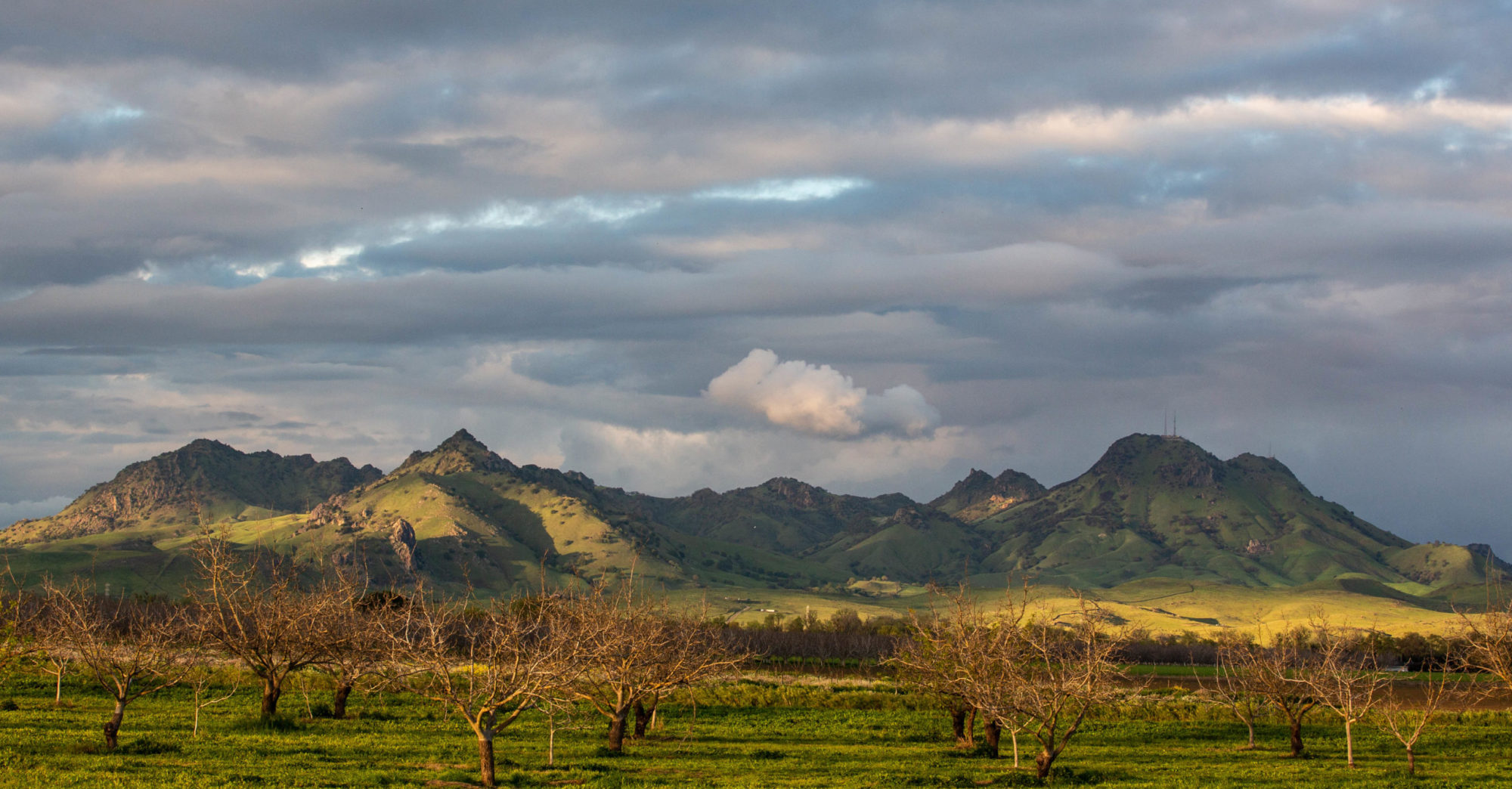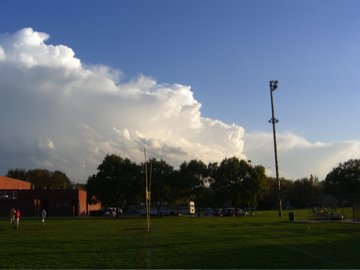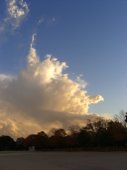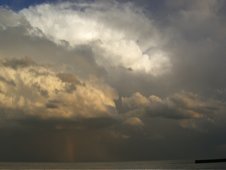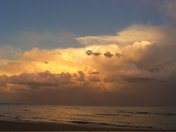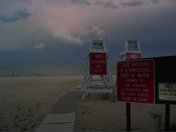By way of MK, an absorbing site from Northwestern University, Homicide in Chicago 1870-1930. It’s a database of 11,400 killings in the city during the six decades between the eve of the Chicago Fire and the beginning of the Great Depression. The information comes from a handwritten Chicago Police Department index. It’s a pretty staggering collection, and one that tends to at least soften the notion that we live in remarkably violent, crime-ridden times. I went into the site and looked up cases that took place on Racine Avenue, a major thoroughfare a block west of the street where my mom grew up. Some highlights:
June 17, 1920
Ryan, Paddy “THE BEAR” – Age 37 – Fatally shot in Racine Ave., 100 feet north of 14th St. by some unknown man who escaped. Motive jealousy. [The suspect’s identity was unknown but his motive was? Chicago Tribune stories from the time say this was a hit undertaken because Ryan, gang chief and ward heeler, was not “splitting square” the proceeds of a recent liquor heist. Suspects named in “Front Page” fashion included a diminutive pickpocket identified only as “The Rat” and Ryan lieutenant “Nuts” Nolan. The stories suggest that police detectives stood by and watched the Ryan shooting because he might have sung about cops on the take.]
June 4, 1923
Santorsala, Rose, alias “Blackhand Rose” – Age 37 – Shot to death in her home, 416 N. Racine Ave., by some unknown person or persons who escaped. [Love the handle “Blackhand Rose.” Wonder what her game was.]
July 23, 1925
Long, Arthur – Age 42 – Fatally assaulted with an iron bar (neck broken) at 5:45 A.M., at 7930 So. Racine Ave., the Cascade Laundry Co., where he was employed by four safe blowers who also bound and gagged two other employes, blew the safe and escaped. 10 Dist. Charles Pfarmenschmidt and Joseph Bushell are wanted. [This is four blocks from my grandparents’ home; they were married in 1925, I think, but I’m not sure they had moved in there yet.]
March 22, 1929
Kaplan, Howard – Age 19 – Accidentally shot to death at 11:30 PM, 3/22/29, at 3047 Racine Ave., during an initiation of members into the “Royal Order of Skulls” by Louis Dolinsky. On 3/23/29 Dolinsky, who was not booked, was exonerated by the Coroner.
March 21, 1930
Danaher, Dennis – Age 55 – Found shot to death at 10:45 AM, 3/21/30, in the bedroom of his home, 4th fl., 326 So. Racine Ave., the place in disorder. Deceased collected on his wife’s insurance policy a few weeks ago and it is believed his unknown assailant’s purpose was robbery. 26 Dist. The doors were locked but the bedroom window was wide open.
May 31, 1930
Chick, Rose – Age 29- Shot to death at 9:30 AM, 5/31/30, in a room at the Bel Ray Hotel, 3150 N. Racine Ave., by her husband, Noah S. Chick, from whom she had become estranged. They had registered at the hotel as Mr. and Mrs. John Swanson and met in an attempt to effect a reconciliation. Chick also attempted suicide but did not succeed.
August 5, 1930
Jelinek, Agnes – Age 6; Emil – Age 3 – Murdered in the kitchen of their home, 1848 So. Racine Ave., by their temporarily demented father, Frank Jelinek, who worried recently over financial losses. He cut the children’s throats, fractured his wife’s skull with a hammer, and then committed suicide by slashing his own throat. [Temporarily demented? I looked this case up in the Chicago Tribune’s archives. The paper gave this page one treatment, complete with a picture of one of the two child victims. Two of the killer’s older sons by a previous marriage survived because they were away at work. They discovered the bodies when they came home. According to the Trib: “The two brothers said their father had been acting queerly for several months and recently purchased some rope with the avowed intention of hanging his entire family. At that time, the brothers said, their mother sought to have her husband placed in an asylum, but was restrained by relatives.” The dad was said to have been frantic over losses in his candy and cigar store, situated at the front of the death house.]
Technorati Tags: chicago, crime
Like this:
Like Loading...
